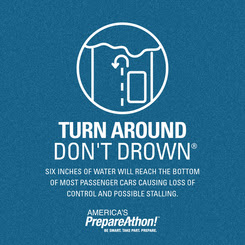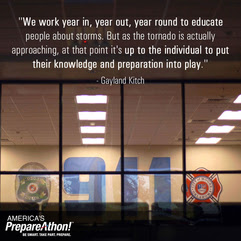Today, the Federal Emergency Management Agency (FEMA) released five documents designed to strengthen the Resource Management component of the National Incident Management System (NIMS) and is now beginning a 30-day National Engagement period. The National Engagement period will conclude at 5 p.m. EDT on June 9, 2017.
NIMS provides a consistent, common approach, and vocabulary to enable the whole community to work together seamlessly to manage all threats and hazards, regardless of cause, size, location, or complexity.
The drafts released today include the NIMS Guideline for the National Qualification System (NQS), NIMS Job Titles/Position Qualifications and accompanying Position Task Books (PTBs), the NIMS Guideline for Mutual Aid, and an updated NIMS Guideline for the Credentialing of Personnel. Together, these documents are designed to enhance interoperability and the effectiveness of mutual aid.
- NIMS Guideline for the NQS provides a common language and approach for qualifying and certifying deployable emergency personnel, enabling enables mutual aid partners to accurately communicate resource needs in disasters.
- NIMS Job Titles/Position Qualifications define minimum qualifications criteria for personnel serving in defined deployable incident positions.
- NIMS Position Task Books (PTBs) identify the competencies, behaviors, and tasks that personnel should demonstrate to become qualified for a defined incident position.
- The NIMS Guideline for Mutual Aid is designed to help unify mutual aid efforts by providing stakeholders with common practice and processes for use in mutual aid planning.
- The updated NIMS Guideline for the Credentialing of Personnel provide national standards and guidance for credentialing incident personnel.
FEMA is hosting a series of 60-minute engagement webinars to describe the draft documents and answer participants’ questions about providing feedback. All open webinars are geared toward the whole community.
National engagement provides interested parties with an opportunity to comment on the draft documents to ensure that the final documents reflect the collective expertise and experience of the whole community. To review the drafts of the NIMS Resource Management supplemental guidance and tools, and to obtain additional webinar information, visit https://www.fema.gov/national-incident-management-system/national-engagement.
To provide comments on the drafts, complete the feedback form and submit it to FEMA-NIMS@fema.dhs.gov.
 Flooding is the most common natural disaster in the United States, and most flood-related deaths can be prevented if you understand the force and power of rushing flood water. When you see flood waters ahead:Turn Around Don't Drown.
Flooding is the most common natural disaster in the United States, and most flood-related deaths can be prevented if you understand the force and power of rushing flood water. When you see flood waters ahead:Turn Around Don't Drown.

